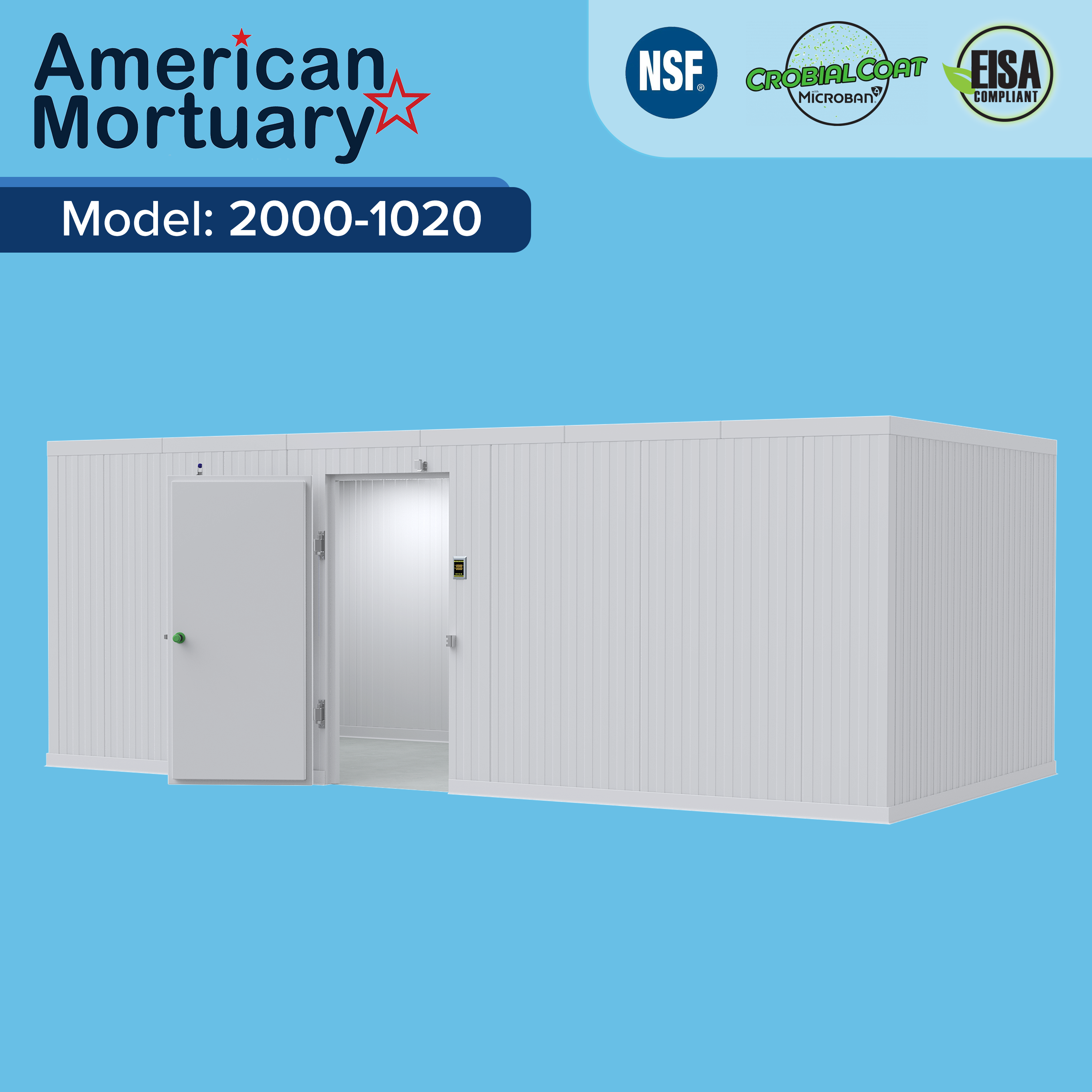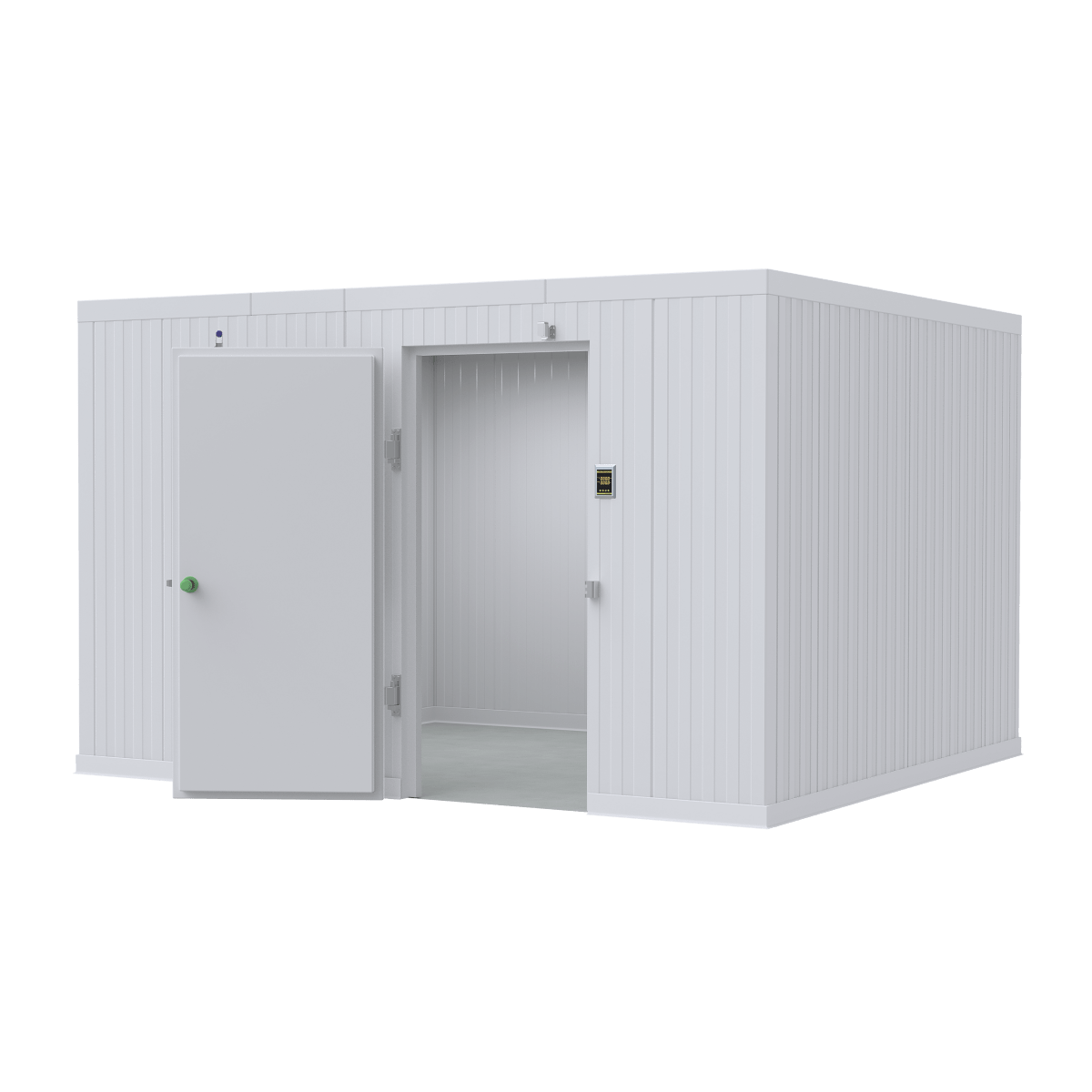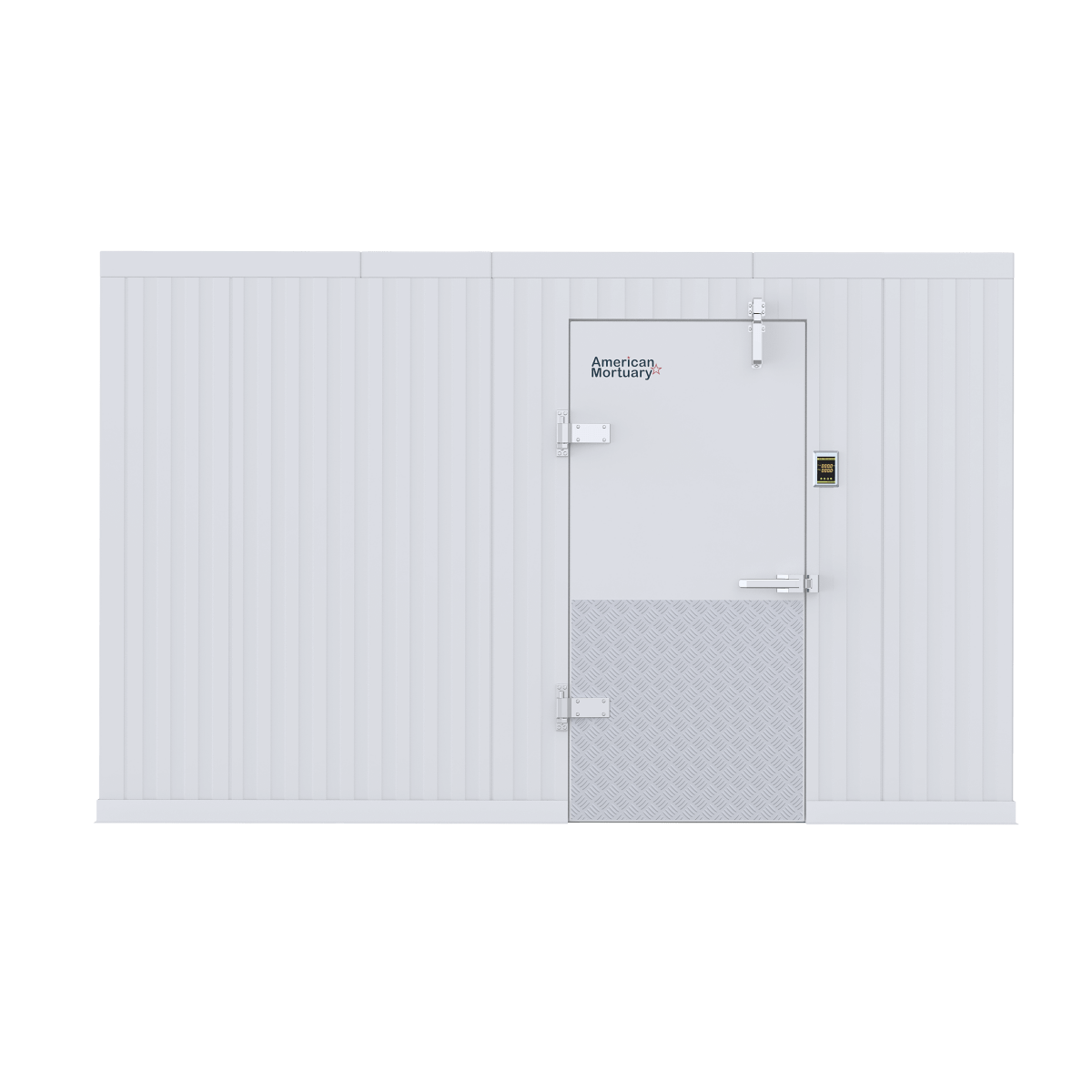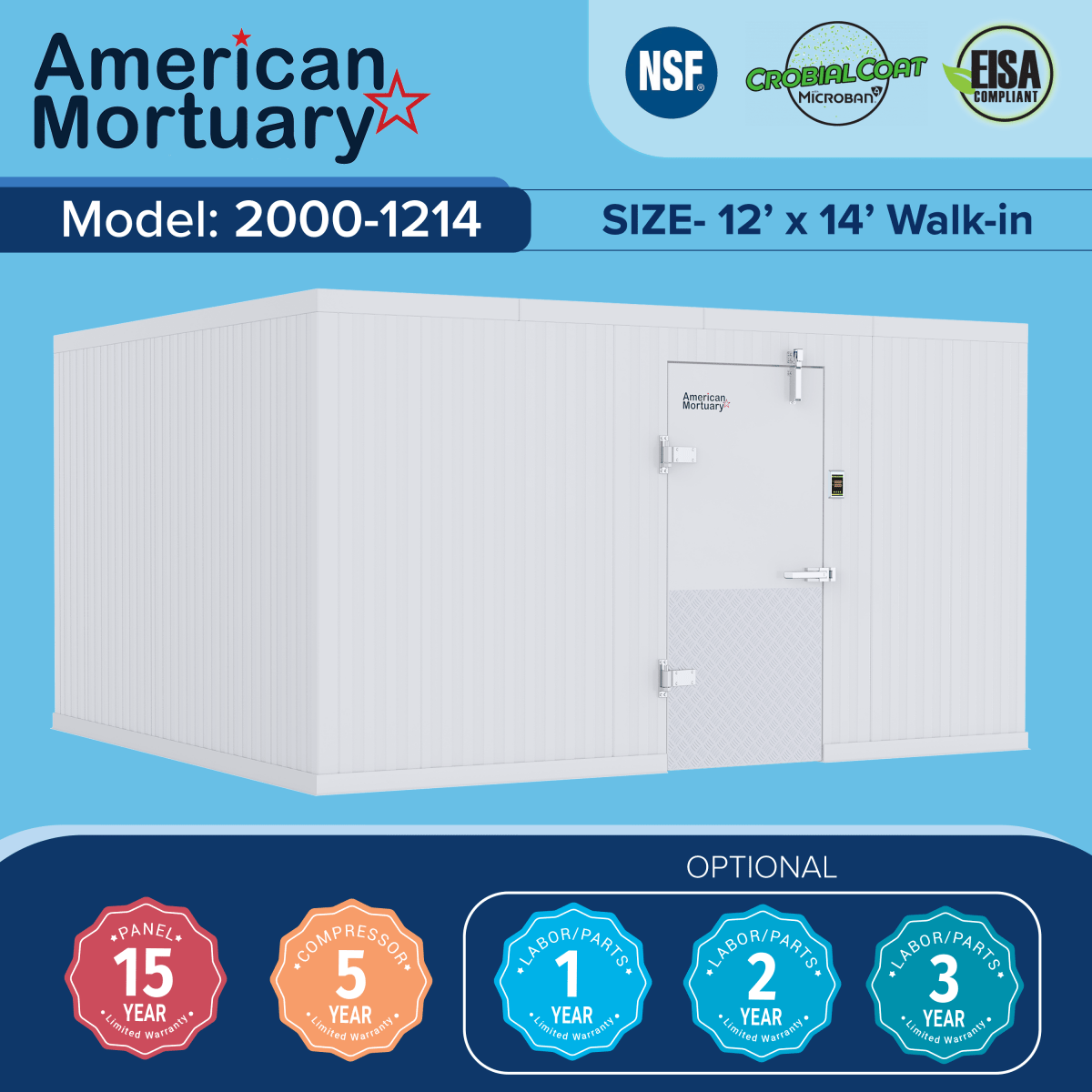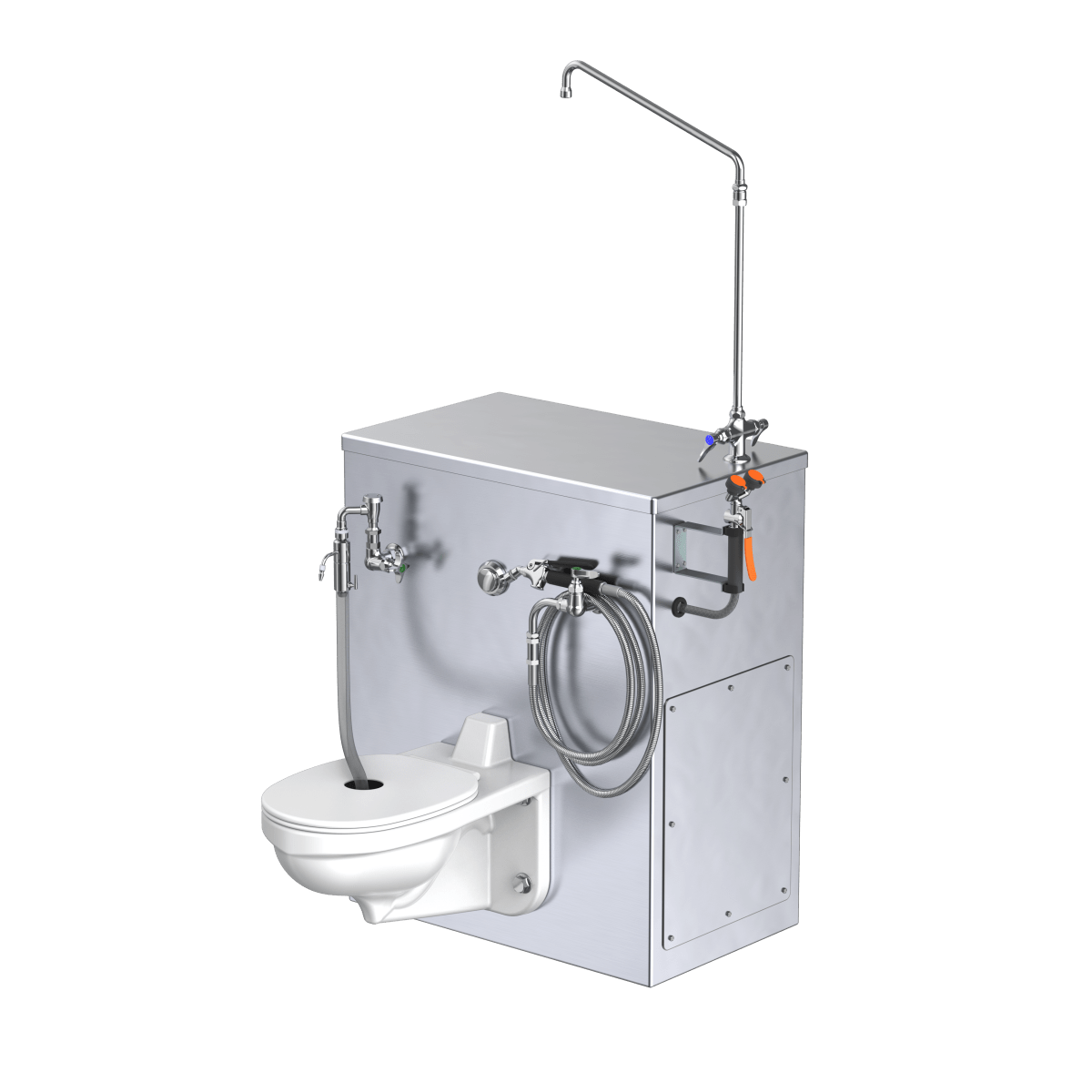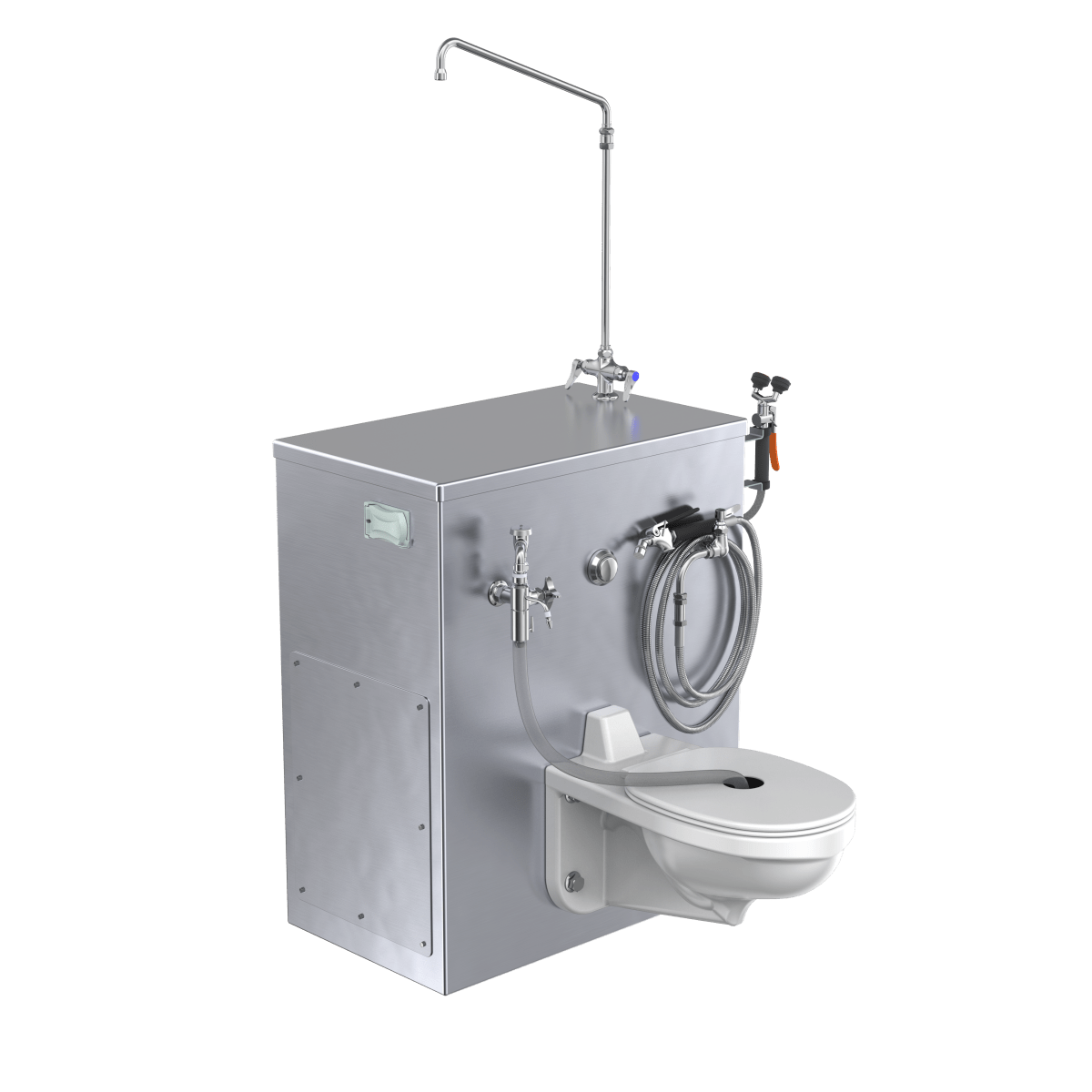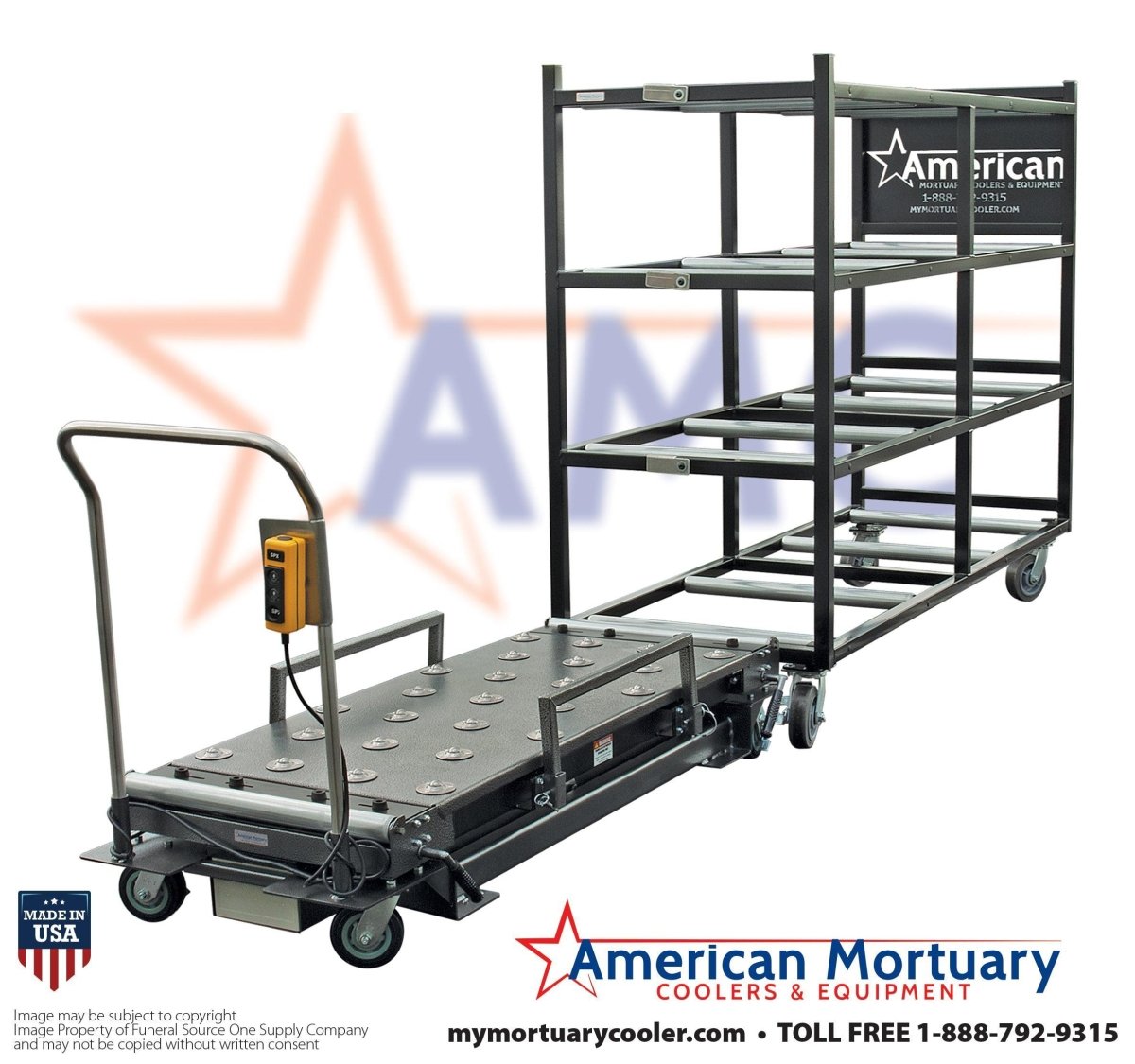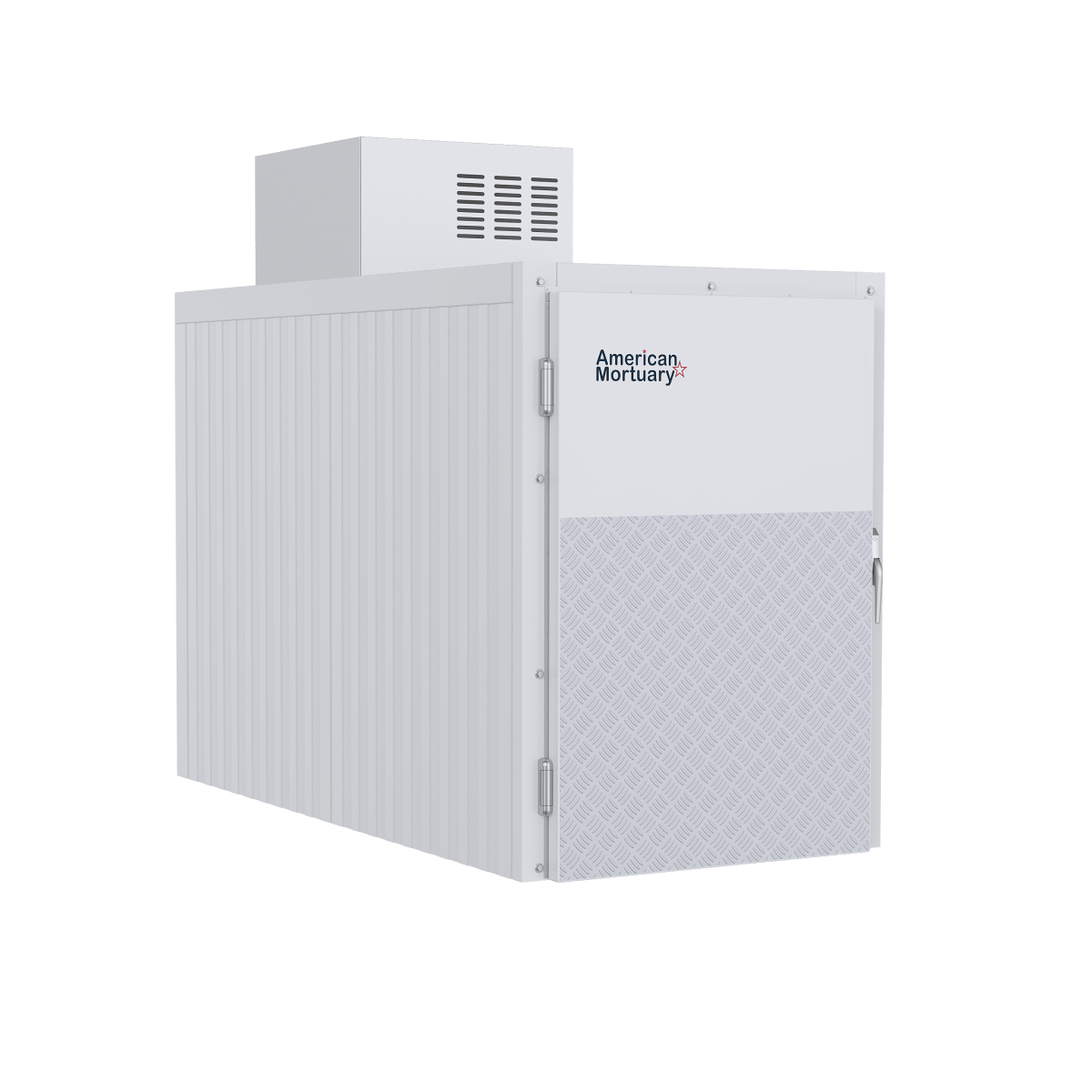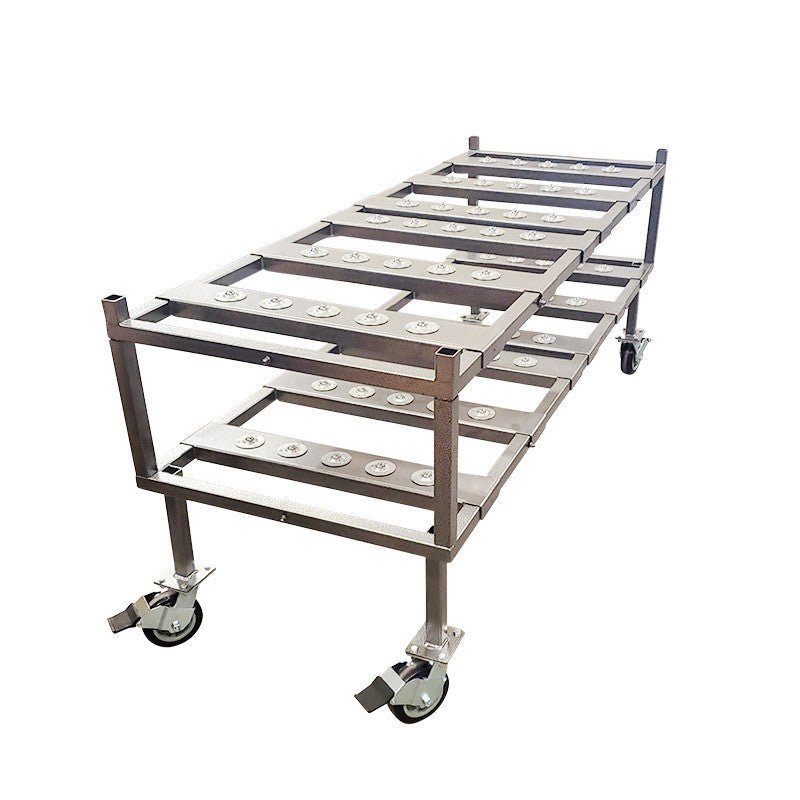Why Electric Lifts Are Changing Modern Workplaces
An electric lift is a powered lifting device that uses electric motors and actuators to safely raise, lower, and position people or materials without manual effort. These versatile machines have revolutionized everything from patient care to industrial operations.
Quick Electric Lift Overview:
- Patient Lifts: Support 300-400 lbs, lift range 31-68 inches
- Platform Lifts: Handle up to 880 lbs, reach 73 inches height
- Scissor Lifts: Capacity 500-1,000 lbs, working heights 20-51+ feet
- Industrial Hoists: Lift up to 1,760 lbs with remote control operation
- Boom Lifts: Extend to 65+ feet with 500 lb platform capacity
Electric lifts offer three major advantages over manual alternatives: zero physical strain for operators, quiet operation with no emissions, and precise control through push-button or remote systems. They're powered by rechargeable batteries or direct AC connection, making them suitable for both indoor and outdoor use.
The market has exploded in recent years. Research shows over 10,000 electric lift models available, with prices ranging from $440 for basic units to $8,000+ for specialized equipment. Popular applications include healthcare facilities, warehouses, construction sites, and home accessibility solutions.
As American Mortuary Coolers, a national-level mortuary equipment supplier, we've seen how electric lift technology has transformed funeral home operations by reducing worker injuries and improving efficiency. Our experience helping funeral directors across 48 states has shown that the right electric lift can dramatically streamline daily operations while protecting staff from physical strain.

How Does an Electric Lift Work?
An electric lift combines four core elements:
- Electric motor – converts electrical energy into the mechanical force that does the lifting.
- Control system – push-buttons, wired pendants, or wireless remotes that direct movement and include an emergency stop.
- Lifting mechanism – scissor stacks, telescoping masts, articulated booms, or a simple mast and spreader bar in patient models.
- Power source – either rechargeable batteries or a 110 V AC plug-in.
The Science Behind an Electric Lift
Most modern models use DC electric actuators, eliminating hydraulic fluid, leaks, and the maintenance that comes with them. Variable-speed drives deliver the coveted soft start/stop so loads accelerate and decelerate smoothly—crucial for patient comfort and load stability.
Power & Charging Essentials
Quality lifts give you two straightforward options:
- Removable battery packs – swap a depleted pack for a charged spare and keep working.
- On-board chargers – plug into any standard outlet; smart circuitry prevents over-charging and switches to maintenance mode automatically.
Typical runtime is 6–8 hours (40–60 patient transfers) or a full shift of warehouse work. A nightly charge keeps batteries healthy; if the lift sees only occasional use, top it up at least once a month to avoid deep discharge. Lithium-ion technology now delivers 1.5 hours of continuous duty for stair chairs and similar specialty gear.
In short, an electric lift replaces muscle power with precise, battery-driven mechanics—no fumes, less noise, and dramatically less strain on the operator.
Main Types of Electric Lifts & Typical Specs
When shopping for an electric lift, you'll encounter six main categories, each designed with specific jobs in mind. Think of it like choosing the right tool for the job - what works perfectly in a hospital won't necessarily fit your warehouse needs.

Patient lifts are the gentle giants of the healthcare world. These compassionate machines typically support 300-400 pounds and can lift patients anywhere from 31 to 68 inches high. The Vive Electric Patient Lift stands out with its swan-neck design that gracefully curves around furniture - a thoughtful touch that makes home care much easier.
Scissor lifts are the workhorses of construction and industrial sites. With their distinctive crisscross support structure, they can hoist 500 to 1,000 pounds up to heights of 20 to 51+ feet. Genie's GS-4655 E-Drive model reaches an impressive 51 feet 9 inches while safely supporting 770 pounds on its platform.
Platform lifts excel at moving materials around warehouses and factories. These sturdy units handle up to 880 pounds and can reach 73 inches high. You'll find them in steel, aluminum, or stainless steel depending on whether you're working in a regular warehouse or a spotless clean room.
Industrial hoists are the heavy lifters of the bunch, managing up to 1,760 pounds with ease. They typically reach 38 to 40 feet high and come with both wired and wireless remote controls - because nobody wants to be directly under a heavy load while operating it.
Boom lifts combine height with reach, perfect when you need to work around obstacles. The Genie Z-60 DC stretches to 65 feet 7 inches high while supporting 500 pounds on its platform. It's like having a giant mechanical arm that can reach exactly where you need it.
Stair chairs serve a specialized but crucial role in emergency situations and patient transport. The MOBI EZ Battery Powered model supports 500 pounds and runs for 1.5 hours straight - enough power to handle multiple emergencies without stopping to recharge.
Electric Lift Categories Explained
Healthcare electric lifts put safety and comfort first. They feature gentle start-and-stop motions that won't startle patients, emergency stop buttons within easy reach, and adjustable bases that fit through different doorways. Many qualify for FSA or HSA reimbursement, which can make home healthcare much more affordable.
Industrial platforms focus on getting the job done reliably, day after day. Their straddle legs work perfectly with standard pallets, while built-in chargers mean you won't lose productivity waiting for batteries. Optional attachments let you handle awkward loads like cable reels or bulk packages that would be nightmare to move manually.
Aerial work platforms bring the best of both worlds - they're mobile and they go high. Electric models run whisper-quiet with zero emissions, making them perfect for indoor work or anywhere noise matters. Modern battery technology means you can work all day on a single charge, while hybrid models can run for over a week when you need extended operation.
Electric Lift Specifications & Capacities
The capacity range is surprisingly wide. Entry-level units like the Airsled LiftCart models start small, handling 150 to 400 pounds with prices from $439.99 to $759.99. These compact helpers are perfect for appliance installers or anyone dealing with moderately heavy items.
Mid-range platform lifts step up to 600 to 880 pounds with height adjustments from 16 to 73 inches. These are the sweet spot for most warehouse and manufacturing operations - powerful enough for serious work but not overkill for everyday tasks.
Heavy-duty industrial hoists top out at an impressive 1,760 pounds with 40-foot lifting heights. These units don't mess around, featuring pure copper motors and comprehensive safety systems including overload protection and emergency stops.
Height capabilities span from simple tabletop adjustments of 12 to 31 inches on compact units all the way up to 65+ feet on boom lifts. The Genie Z-60 DC electric boom lift represents the pinnacle with its 65 feet 7 inches maximum working height and 500-pound platform capacity.
Modern safety features have come a long way too. The NEWTRY 3 in 1 Electric Hoist, Upgraded Infrared Limit Switch showcases how technology has evolved, with infrared limit switches and 1,100-pound capacity proving that safety and power can work hand in hand.
Key Benefits, Safety Features & Latest Innovations
When we talk to funeral directors across the country, three benefits of electric lift technology come up again and again. These aren't just nice-to-have features - they're game-changers that transform daily operations.
The most obvious benefit is eliminating physical strain. Think about it: manually lifting a 400-pound patient or moving 880 pounds of materials puts tremendous stress on your body. We've seen too many good people in the funeral industry deal with back injuries from years of heavy lifting. Electric lifts handle these loads with simple push-button control, protecting your most valuable asset - your health.
Zero emissions and quiet operation make electric lifts perfect for funeral homes and residential areas. Traditional diesel lifts create noise and fumes that just don't belong in sensitive environments. Electric lifts run so quietly you can have a conversation right next to them, and they produce no harmful emissions whatsoever.
The precise control these systems offer is remarkable. Variable speed motors let you start and stop gradually, while digital controls give you exact positioning. This isn't just about efficiency - it's about treating every person with dignity and care during transfers.

Modern safety features have come a long way from the basic lifts of years past. Overload protection prevents operation beyond rated capacity, while emergency lowering systems work even during power failures. Automatic brakes engage the moment you release the controls, and battery indicators prevent those scary unexpected shutdowns.
The latest innovations are pretty exciting. Hybrid technology lets you run electric indoors and switch to fuel power for extended outdoor use. Some of Genie's hybrid boom lifts can operate over a week on a single fuel tank while still giving you full electric capability when you need it.
Electric Lift Safety Checklist
Safety isn't just a checkbox item - it's what lets you sleep well at night knowing your team is protected. Every quality electric lift should include overload protection that simply won't let you exceed the rated capacity. The Vive Electric Patient Lift takes this seriously with both hardware and software protection systems.
Emergency lowering capability is absolutely critical. Even if the power goes out completely, you need to be able to safely lower whatever load you're carrying. Most good systems include manual backup controls that work independently of the main electrical system.
Automatic braking systems engage the instant you let go of the controls. This prevents any uncontrolled movement that could create dangerous situations. Pair this with emergency stop buttons that immediately halt everything, and you've got solid protection.
Battery indicators have become essential safety equipment. LCD displays show exactly how much charge remains, while warning lights give you plenty of notice when charging is needed. The MOBI EZ Stair Chair includes multiple safety features like cross-style chest harnesses and three different speed settings for better control.
Modern units also include stability alarms and limit switches that prevent unsafe positioning. The NEWTRY 3-in-1 Electric Hoist uses infrared limit switches for precise control while preventing over-travel - pretty impressive technology for the price point.
Latest Innovations in Electric Lift Design
The funeral industry moves slowly, but electric lift technology is advancing rapidly. Hybrid systems are leading the charge, combining quiet electric operation for indoor use with diesel backup for extended outdoor work. These systems give you the best of both worlds without compromise.
E-Drive systems have revolutionized scissor lift design by eliminating hydraulic fluid entirely. The GS-4655 E-Drive reaches 51 feet with 770-pound capacity while cutting maintenance requirements significantly. No more worrying about hydraulic leaks or fluid changes.
In healthcare applications, swan-neck frame designs are making a real difference. The Vive Electric Patient Lift's swan-neck configuration works beautifully with home furniture while maintaining full professional capability. It's thoughtful design that makes difficult situations a little easier.
LCD battery pack technology brings user-friendly features like clear status displays and quick-release charging. These packs show exact charge levels, so there's no guesswork about remaining runtime. Some even feature quick-release buttons for easy battery swapping.
More info about mortuary lift comparisons shows how these innovations specifically benefit funeral home operations, with detailed analysis from our years of experience serving funeral directors nationwide.
Choosing, Operating & Maintaining Your Electric Lift
Picking the right electric lift starts with three questions:
- How heavy and how high? Add a 20 % safety margin to your heaviest load.
- Where will it work? Measure doorways and floor space; choose weather-resistant models for outdoor duty.
- How often will you use it? Light residential use differs from nonstop industrial shifts.
A 150-lb LiftCart solves appliance installs, while mortuary operations may need 1,000-lb body lifts. Electric power is clean enough for hospitals yet tough enough for warehouses, especially when paired with steel frames and industrial casters.

Ownership, Rentals & Upkeep
Batteries deserve the most attention: charge nightly for heavy use, monthly for standby units, and replace annually in demanding settings. Beyond that, perform a quick visual check before each shift and schedule annual (home) or quarterly (commercial) inspections to test safety circuits, brakes, and limit switches.
Rental plans—daily, weekly, or monthly—bridge short-term needs without the full purchase price. If you do buy, compare warranties: the Vive Patient Lift covers its frame for two years and electronics for six months.
Downtime is costly. Work with suppliers that stock spare parts nationwide and offer 24/7 phone support—American Mortuary Coolers covers all 48 states from its Tennessee headquarters and satellite locations in Chicago, Dallas, Los Angeles, and more.
For a deeper dive, see our maintenance guide.
Frequently Asked Questions about Electric Lifts
What weight capacities do common electric lifts handle?
The weight capacity of an electric lift really depends on what you need it for, and honestly, the range might surprise you. If you're looking at patient lifts for home healthcare, you're typically looking at 300-400 pounds of lifting capacity. The Vive Electric Patient Lift we mentioned earlier handles a solid 400 pounds and can lift anywhere from 31 to 68 inches high - perfect for most patient transfer situations.
Now, if you're moving into industrial territory, things get much more robust. Platform lifts can handle up to 880 pounds and reach heights of 73 inches, which covers most warehouse and manufacturing needs. But when you really need some serious lifting power, industrial hoists are where it's at - these workhorses can manage up to 1,760 pounds with 40-foot lifting heights.
For construction and maintenance work, scissor lifts typically support 500-1,000 pounds while reaching working heights from 20 feet all the way up to 51+ feet. The Genie GS-4655 E-Drive, for example, gives you 770 pounds of platform capacity at a 51-foot working height.
Here's a pro tip from our years of experience: always choose a capacity that's 20% above your heaviest expected load. This isn't just about safety (though that's crucial) - it also means your equipment will last longer and perform better over time.
How often should I charge and service my electric lift?
This is one of those questions where the answer is "it depends," but let me break it down in a way that actually helps you plan. For charging, most electric lifts will give you 6-8 hours of continuous operation on a full charge. If you're using a patient lift, that typically translates to about 40-60 transfers before you need to plug it in again.
The MOBI EZ Stair Chair we discussed earlier provides 1.5 hours of continuous stair travel per charge - which sounds short, but that's actually enough for dozens of trips up and down stairs. For daily use equipment, charging every night is your best bet. It keeps the battery in top condition and ensures you're never caught with a dead lift when you need it most.
If you're only using your lift occasionally, don't just let it sit there gathering dust. Charge it at least once a month to prevent the battery from going into deep discharge, which can permanently damage it. Modern chargers are pretty smart - they'll automatically switch to maintenance mode once fully charged, so you don't have to worry about overcharging.
As for service schedules, light-duty home use typically needs annual professional inspections. But if you're running commercial operations where the lift gets heavy daily use, you'll want quarterly maintenance checks. This includes battery testing, electrical system inspection, and making sure all those important safety features are working properly.
Are electric lifts covered by insurance or FSA/HSA plans?
Here's some good news that might help your budget: many electric lift purchases do qualify for insurance coverage or FSA/HSA reimbursement, especially when they're used for healthcare purposes. Patient lifts often qualify as durable medical equipment when prescribed by healthcare providers, which opens up several funding options.
The MAIDeSITe Electric Floor Lift specifically lists FSA/HSA eligibility, and we've seen many customers successfully use these tax-advantaged accounts for their purchases. Medicare sometimes covers patient lifts when they're medically necessary and prescribed by physicians, though you'll want to check the specific requirements.
Private insurance coverage varies quite a bit between providers, but many policies include durable medical equipment benefits that can apply to electric lifts. The key is usually getting proper medical documentation that shows the lift is necessary for health and safety reasons.
For our funeral industry customers, the situation is a bit different. While commercial applications rarely qualify for health insurance coverage, some body hoist purchases can qualify for 50% tax credits, and general business equipment may be eligible for depreciation benefits.
The best advice? Talk to your healthcare provider and insurance company before making your purchase. They can tell you exactly what documentation you'll need and what your specific coverage looks like. It's worth the phone call - these lifts represent a significant investment, and every bit of coverage helps.
Conclusion
Choosing the right electric lift can truly transform how you handle lifting challenges, whether you're caring for a loved one at home, running a busy warehouse, or managing a funeral home. We've seen how the right equipment makes all the difference - turning what used to be back-breaking work into smooth, safe operations.
The beauty of modern electric lift technology lies in its versatility. A 400-pound patient lift with swan-neck design blends seamlessly into a home while providing hospital-grade capability. Industrial hoists handling 1,760 pounds streamline operations that once required multiple workers. Even compact units supporting 150 pounds can eliminate the strain of appliance installation or light material handling.
Success with electric lifts comes down to honest assessment of your needs. Don't just consider today's requirements - think about how your needs might evolve. That battery-powered patient lift that seems perfect now will serve you better if it has the capacity and features to grow with changing circumstances.
Proper maintenance pays dividends. We've watched customers get years of reliable service from equipment that receives regular attention, while neglected units fail prematurely. Battery care matters most - those monthly charging cycles and annual replacements for heavy-use applications aren't suggestions, they're investments in reliability.
At American Mortuary Coolers, our Tennessee-based team has helped funeral directors from coast to coast find how electric lift solutions reduce worker compensation claims while improving service quality. We've shipped custom mortuary lifts to facilities in all 48 contiguous states, and the feedback is consistently the same - these systems pay for themselves through reduced injuries and improved efficiency.
The future belongs to smarter, more capable lifting equipment. Hybrid technology extending runtime, IoT monitoring preventing unexpected failures, and advanced safety systems protecting operators represent where the industry is headed. Investing in quality equipment today positions you to benefit from these advances.
Your perfect electric lift solution exists, whether it's a compact home-care unit or a heavy-duty industrial system. The key is working with suppliers who understand your specific challenges and can provide ongoing support when you need it.
Ready to explore custom solutions? Our nationwide network ensures prompt delivery and reliable service regardless of your location. Mortuary Lifting Equipment: Your Ultimate Buying Guide offers detailed guidance for specialized funeral home applications, while our team stands ready to discuss your unique requirements and provide personalized recommendations.



